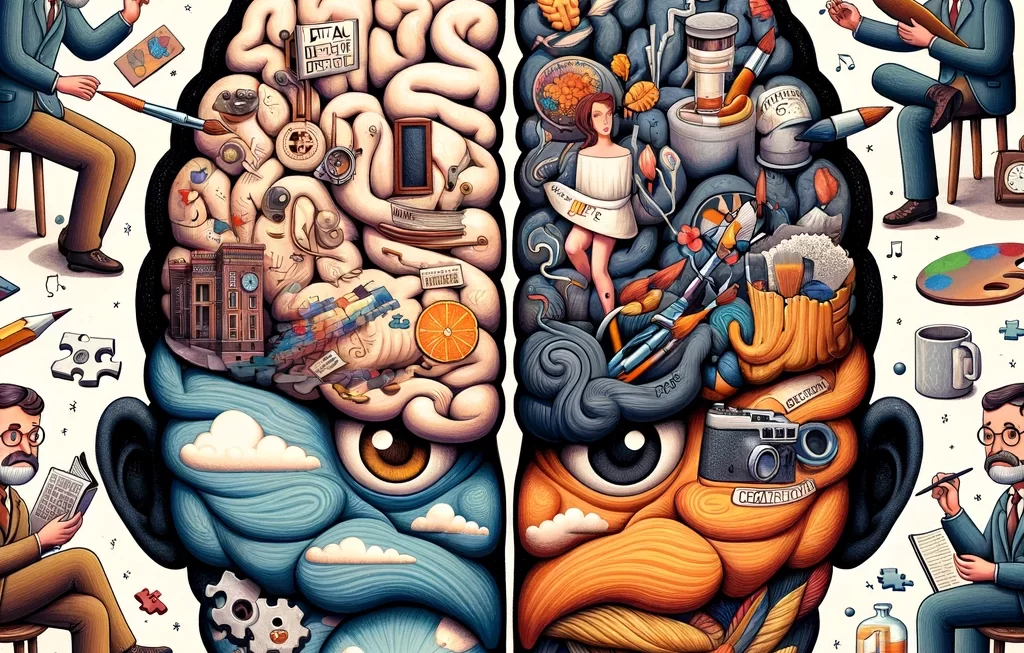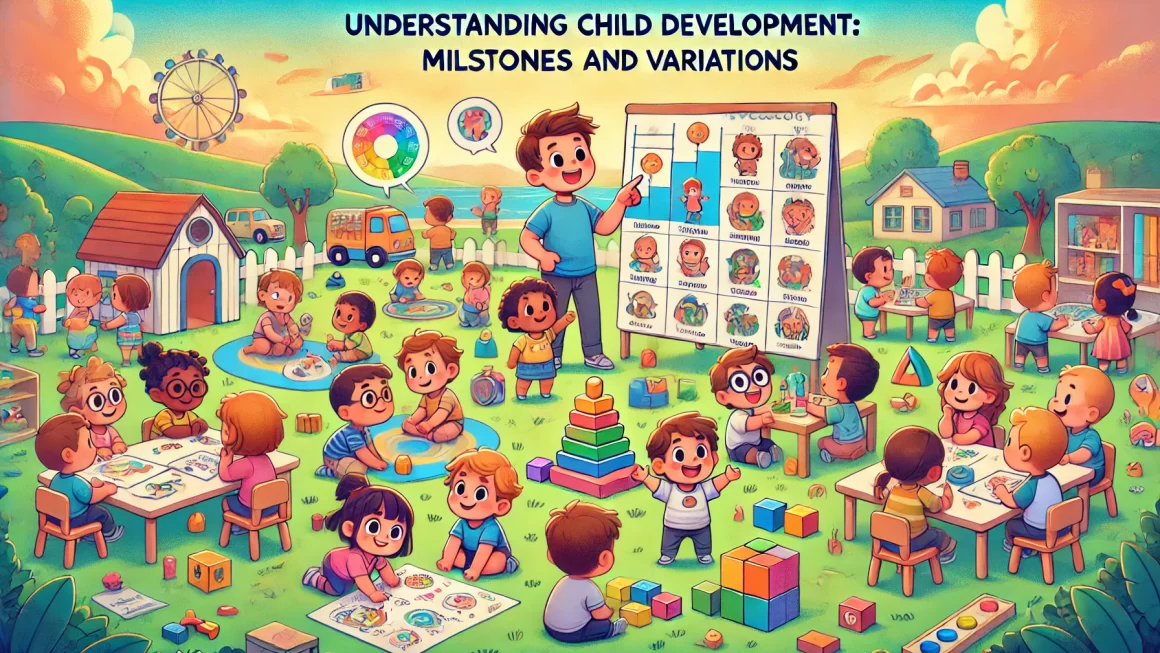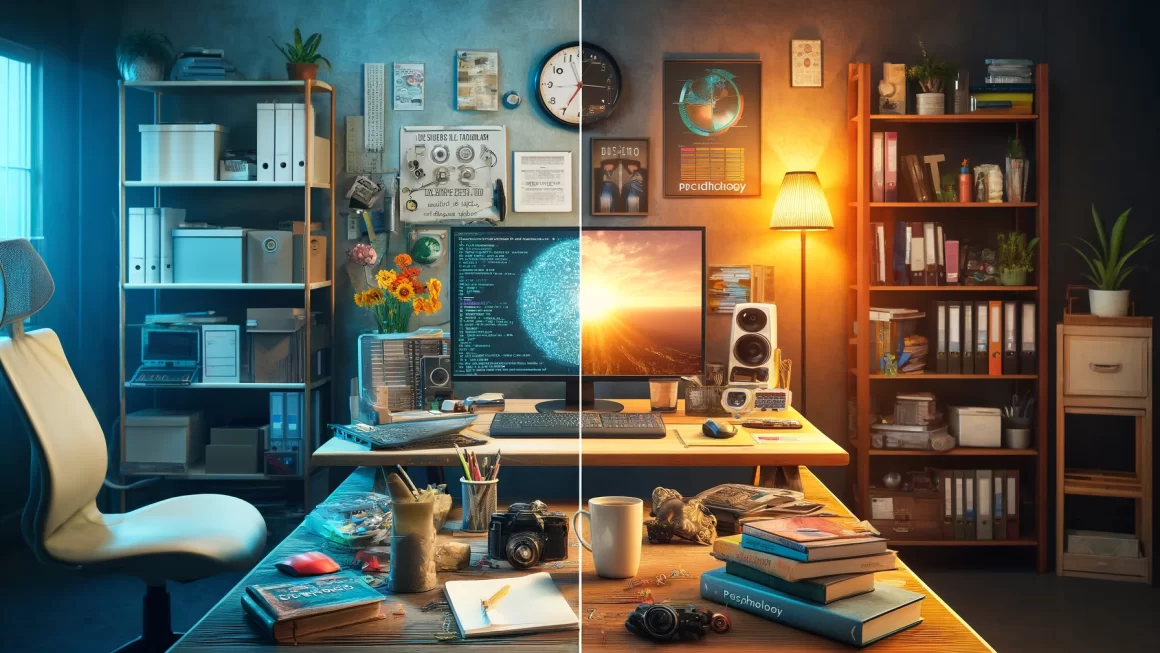Welcome back to our brain exploration series! Today, we’re diving into a super cool part of our brains—brain lateralization. Imagine your brain is like a superhero team, where each hero has their unique powers but together, they save the day. This concept is all about how the two sides of our brain, or hemispheres, have different jobs but work together to help us think, feel, and do everything we do. So, let’s get to know these brainy heroes better!
Hemispheric Specialization: The Brain’s Dynamic Duo
Think of the left side of your brain as the “Detail Detective.” It loves puzzles, words, and numbers. It’s the one making lists, remembering names, and figuring out math problems. Now, the right side? It’s the “Creative Explorer.” This side is all about imagination, feelings, and big-picture ideas. It’s the one that helps you enjoy music, understand jokes, and recognize faces at a party.
Example:
- Detail Detective (Left Brain): When you’re learning how to spell a tricky word like “because,” it’s the left side that’s putting those letters in order.
- Creative Explorer (Right Brain): When you’re daydreaming about flying on a giant eagle, that’s your right side painting that fantastic picture in your mind.
Theory of Cerebral Asymmetry: Two Different Languages
The theory of cerebral asymmetry shows us how these two brain sides are like speaking two different languages—one logical, the other emotional—but they need each other to tell the whole story of what we experience.
Example:
- Creating Art: When you draw a picture, your right brain dreams up the beautiful scenery, but your left brain helps you decide which colors to use and how to make it look just right.
Historical Perspective: A Journey Through Time
Long ago, scientists started noticing that injuries to one side of the brain affected specific abilities, like speaking or recognizing faces. It was like discovering that our brain has two team members specializing in different tasks, which was a big “aha!” moment in understanding how our brain works.
Example:
- Famous Discoveries: Imagine someone who’s great at telling stories but suddenly struggles to find the right words. Doctors in the past learned this could happen from a boo-boo on the left side of the brain, revealing the “Detail Detective’s” home base.
Current Theories and Models: Beyond the Myths
Today, we know that the “left-brained” or “right-brained” labels are too simple. Instead, think of your brain as a well-coordinated team, where both sides pass the ball back and forth, depending on the task at hand. It’s not about one side being in charge but how they work together to make you, well, you!
Example:
- Listening to Music: When you tap your foot to the rhythm of your favorite song, your left brain is keeping the beat, but your right brain is swirling in the melody and how the song makes you feel.
Brain lateralization isn’t about picking a side; it’s about celebrating the incredible teamwork that happens inside our heads every day. From the analytical tasks to the creative leaps, our brain’s hemispheres are the ultimate dynamic duo. So, next time you solve a math problem or enjoy a sunset, give a little cheer for both sides of your amazing brain working together in harmony.
A few more examples from The Man Who Mistook His Wife For a Hat
The Case of the Colorblind Painter (from “An Anthropologist on Mars”)
Imagine a painter who, after a car accident, could only see the world in black and white. This painter, who lost his color vision due to a brain injury, struggled because his “Creative Explorer” (right brain) couldn’t perceive colors anymore. However, his “Detail Detective” (left brain) became sharper, making him even more detailed in his black-and-white artworks. This story shows how one part of the brain can adjust and enhance its abilities when the other part faces limitations.
The Man Who Mistook His Wife for a Hat (from the book with the same title)
In one of Sacks’ most famous cases, a man couldn’t recognize faces, not even his wife’s, mistaking her head for a hat! This happened because his “Creative Explorer” (right brain), which helps us recognize faces and objects as wholes, wasn’t communicating effectively. Yet, his “Detail Detective” (left brain) was so good that he could describe features in exquisite detail, even if he couldn’t put the pieces together to recognize a familiar face.
Nod to Oliver Sacks
These examples from Oliver Sacks’ work highlight the remarkable, sometimes bewildering ways our brain’s hemispheres specialize and operate. They remind us that the brain’s teamwork is intricate and delicate, capable of adapting in ways we’re just beginning to understand. Sacks’ stories are a testament to the resilience and creativity of the human brain, showcasing how even in adversity, the collaboration between the “Detail Detective” and the “Creative Explorer” within us can lead to new ways of seeing and being in the world.
FAQs for the Super Curious
Q: Can training one side of the brain make me smarter in that area? A: Like exercising can make muscles stronger, challenging your brain with new tasks can help it grow stronger connections. But remember, it’s the combo of both sides that makes the magic happen!
Q: Do animals have brain lateralization too? A: Yep! Many animals also show preferences for using one side of their brain for certain tasks. It’s not just a human thing; it’s a brainy thing across the animal kingdom.
Q: Can people with brain injuries learn to adapt? A: Yes! As seen in Sacks’ stories, people with brain injuries often find remarkable ways to adapt. Their brains can develop new strategies to compensate for lost abilities, showing the incredible flexibility and resilience of our brain’s teamwork.
Q: What do Sacks’ stories tell us about the brain’s capabilities? A: Oliver Sacks’ work illuminates the vast, untapped potentials of the human brain. His case studies reveal that when faced with challenges, our brains can rewrite the rulebook on how its sides collaborate, leading to unexpected and often extraordinary adaptations.




